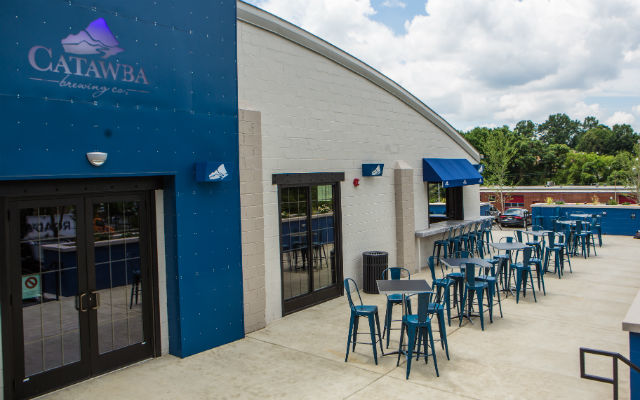
Catawba Brewing was very new to both the craft beer industry and to the city of Morganton, North Carolina when they started.
The brewery’s COO Scott Pyatt remembers they were happy to work with their local sewer system representatives from Day One.
Because Morganton had a historical base of large industry — mostly textile and furniture, Pyatt says — it has a high capacity municipal sewer system, which really helped get things on a roll when it came to wastewater management for the new brewery.
“They required we give them data estimating the volume of water and waste we would typically dispose of, the types and amounts of organic matter, and the frequency and periodicity of discharge,” Pyatt remembers back to the late 90s and early 2000s when the brewery was in planning. “At our original and planned volumes, all they required were annual updates to the data above.
“By working closely with our sewer department we’ve always been able to make good use of that infrastructure. We are very lucky.”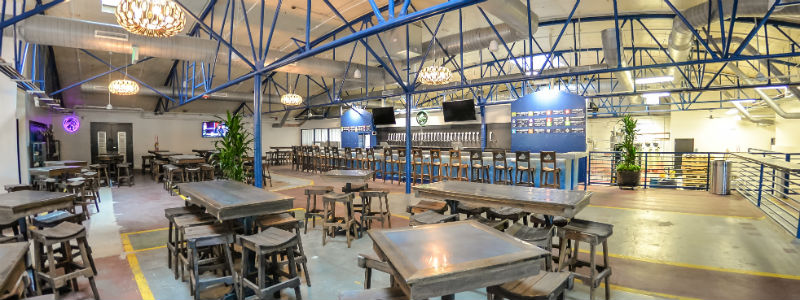
Pyatt said they are brewers who started as home brewers and at the start they didn’t understand higher-volume wastewater treatment or limitations at all when we got into the commercial side of the industry.
“We had to learn any way we could — from other brewers and consultants, but mostly from our city’s personnel,” he pointed out. “They helped us understand what makes their plant’s operations more effective, and we endeavor to help. That has been our unique learning curve.”
Of course, Catawba has gotten much larger over the last five years, going from less than a 1,000 barrels in 2013 to more than 18,000 barrels in 2017.
“That growth, and the proportional increase in sewage needs, necessitates much more frequent discussions with the proper municipal representatives,” Pyatt said. “I have to give kudos to our Morganton folks. They have always found ways to accommodate our needs, and they are on board for our future growth projections.”

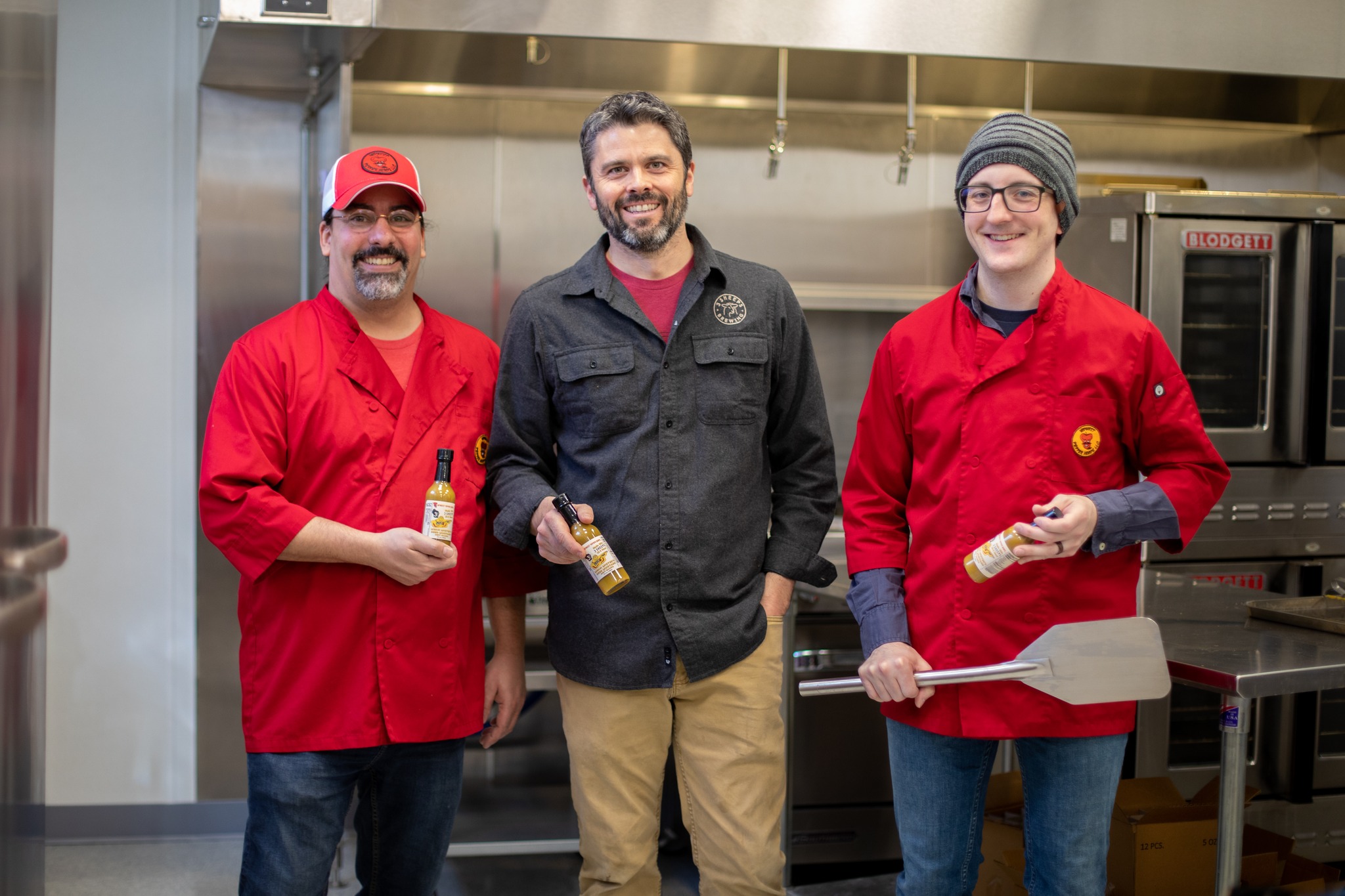
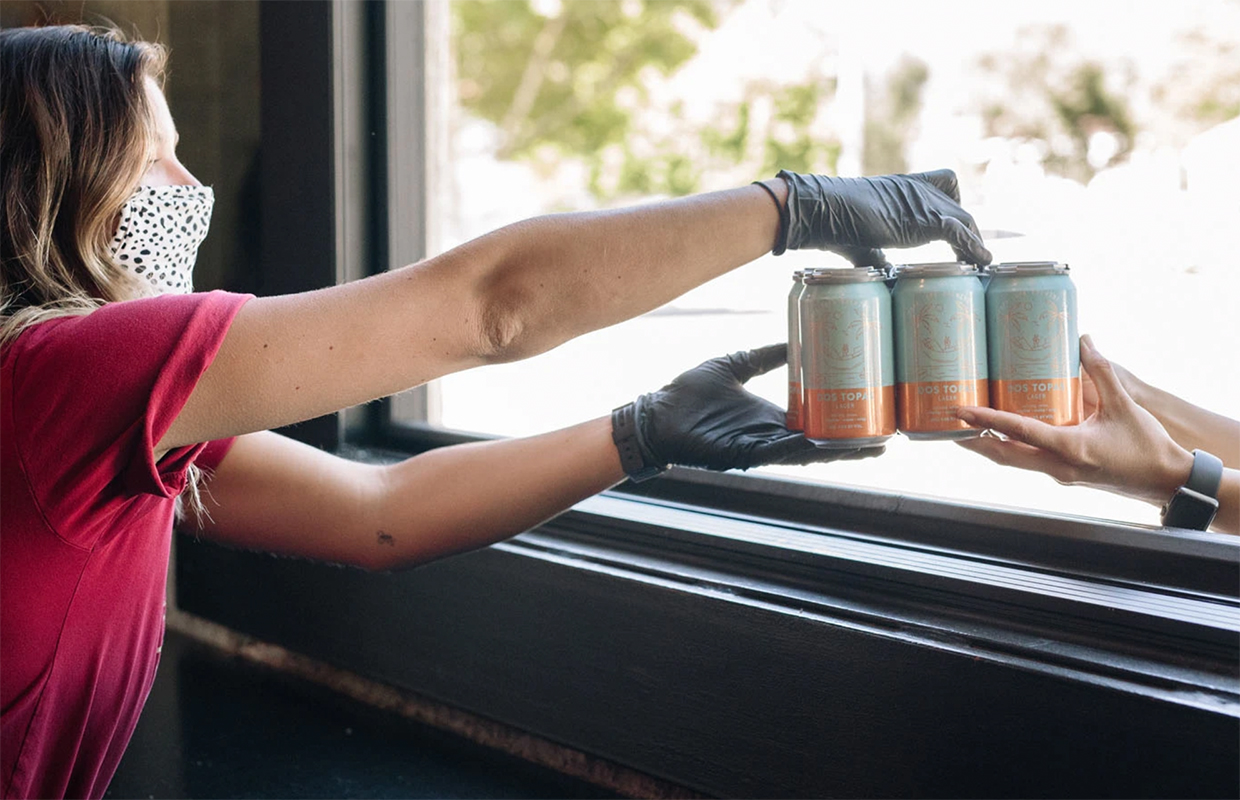
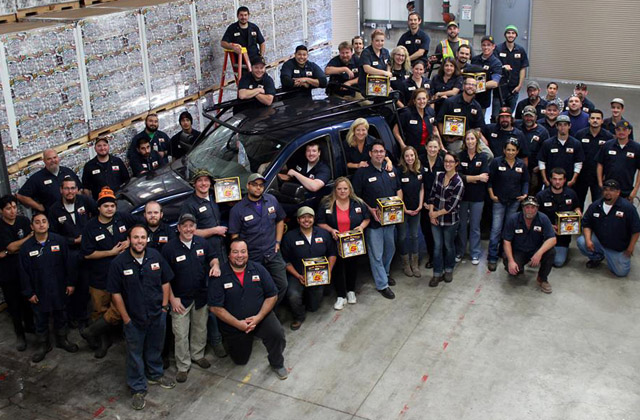
Be the first to comment